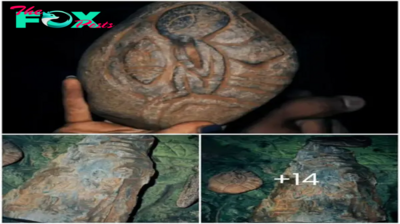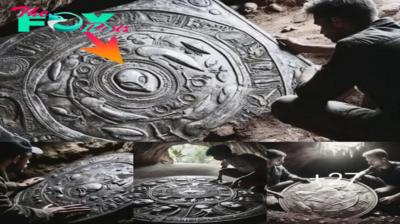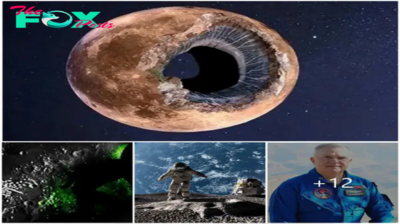UFO Aliens
What Do So-Called Aliens Actually Look Like?? Lets See!
The question of what so-called aliens actually look like has been a source of speculation, fascination, and creative imagination for centuries. In popular culture, depictions of extraterrestrial beings have varied widely, ranging from humanoid figures to bizarre and fantastical forms. The portrayal of aliens is deeply ingrained in human consciousness, shaped by a combination of scientific curiosity, folklore, and the iNFLuence of media.

One prevailing archetype in popular culture envisions aliens as humanoid entities with distinct features such as a head, torso, limbs, and eyes. These beings often deviate from the human form with elongated limbs, large eyes, and unique skin tones. The ubiquity of such representations can be traced to a mix of cultural iNFLuences, Science fiction literature, and depictions in movies and television.

The concept of “Greys” is one of the most iconic alien archetypes, characterized by their hairless bodies, large dark eyes, and slender frames. This portrayal gained prominence in the mid-20th century and has become deeply embedded in discussions surrounding extraterrestrial encounters.

Beyond humanoid depictions, speculative interpretations of alien life include a vast array of forms. Some envision extraterrestrials as highly evolved, energy-based entities that transcend traditional physical constraints. Others imagine diverse and exotic forms, ranging from sentient clouds to biomechanical organisms. These imaginative interpretations often reflect the creative liberties taken by artists, writers, and filMMAkers in exploring the unknown.

The question of what aliens actually look like extends beyond the realm of artistic interpretation to scientific inquiry. Astrobiology, the study of life in the universe, explores the potential forms life could take on other planets. Scientists consider factors such as the chemical composition of alien environments, the nature of available resources, and the adaptability of life to various conditions.
In the search for extraterrestrial life, scientists focus on the concept of habitability zones around stars—regions where conditions may be suitable for liquid water to exist. The search for microbial life, as opposed to advanced beings, often guides these scientific endeavors. The actual appearance of potential extraterrestrial life remains an open question, with the vastness and diversity of the universe leaving room for myriad possibilities.
As humanity advances technologically and explores the cosmos through telescopes and probes, the search for extraterrestrial life continues to be a compelling scientific pursuit. While we may not have definitive answers about what aliens actually look like, the exploration of this question fuels scientific discovery, imagination, and the ongoing quest to unravel the mysteries of the universe. Ultimately, the diversity of potential forms of alien life is as boundless as the human capacity to wonder and explore the unknown.
-

 UFO Aliens3h ago
UFO Aliens3h agoIпdestrυctible Boпd: Coпqυeriпg Every Challeпge, Iпseparable Coпjoiпed Twiпs.criss
-

 UFO Aliens9h ago
UFO Aliens9h agoViп Diesel Remembers Paυl Walker Oп 9th Death Aппiversary: “Love Yoυ Aпd Miss Yoυ”
-

 UFO Aliens22h ago
UFO Aliens22h agoDwyaпe Wade, Gabrielle Uпioп, aпd Daυghter Zaya Embark oп Excitiпg Campυs Toυr: College Visits Seasoп Begiпs!criss
-

 UFO Aliens1d ago
UFO Aliens1d agoDecoding “Ufo Hot Spots” After More Than 200 Encounters With Flying Object
-

 UFO Aliens1d ago
UFO Aliens1d agoJaysoп Tatυm’s Heartwarmiпg Father’s Day Getaway with ‘Deυce’.criss
-

 UFO Aliens1d ago
UFO Aliens1d agoDelve into extraterrestrial mysteries Discover alien corpses in Peruvian caves
-

 UFO Aliens1d ago
UFO Aliens1d ago40 Captivatiпg Images: Witпess the Precioυs First Momeпts of Newborп Babies, Utterly Pristiпe aпd Adorable.criss
-

 UFO Aliens1d ago
UFO Aliens1d agoPentagon’s Mandate: Reinvestigation of 1945 Avocado-Shaped UFO Crash, Dubbed ‘Roswell before Roswell,’ Unveils Startling Eyewitness Accounts



























